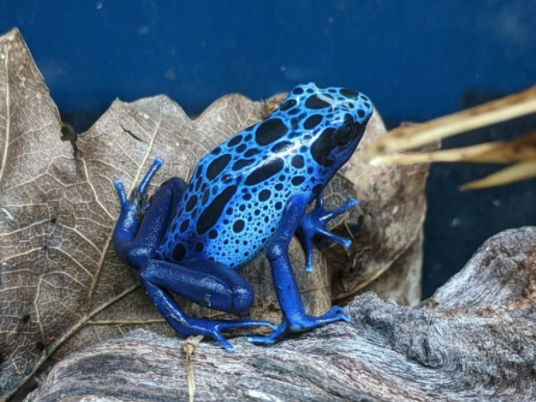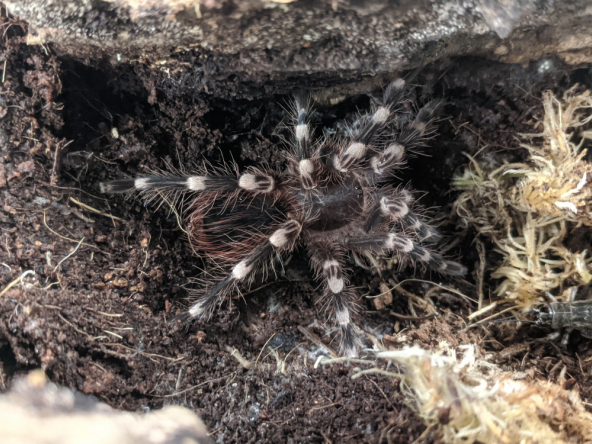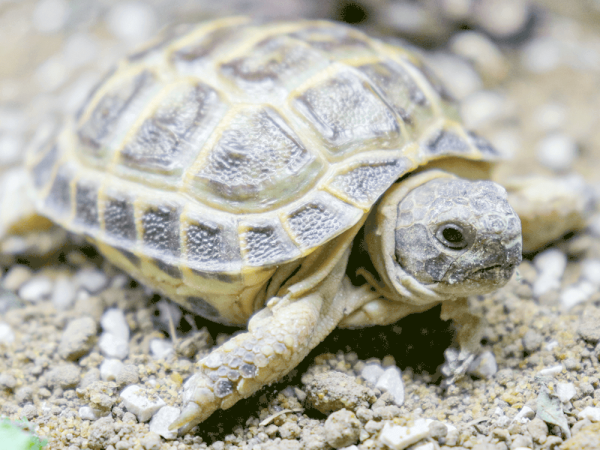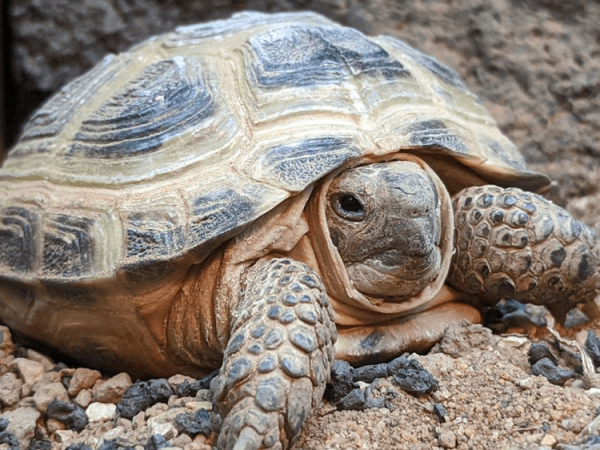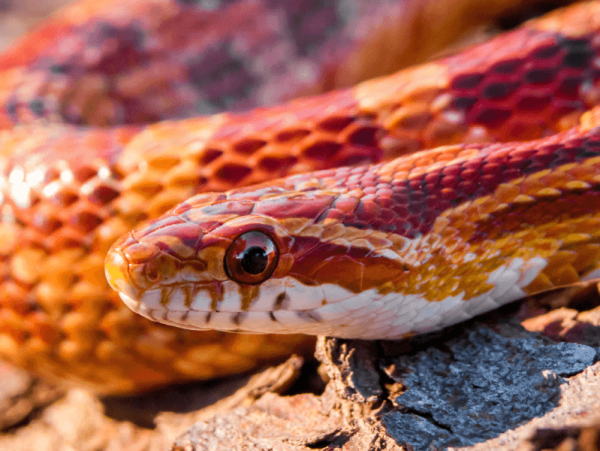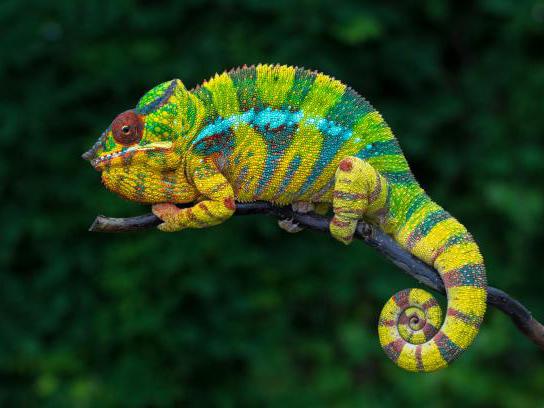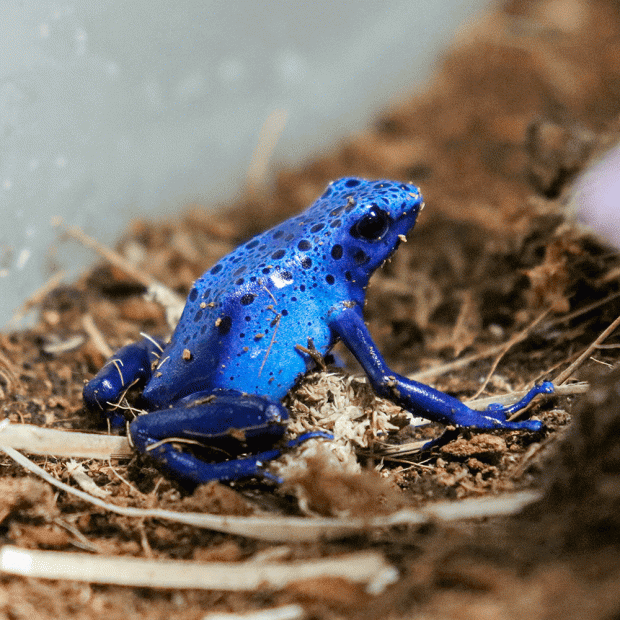Optional extras
Blue azureus dart frog, Dendrobates tinctoruis azureus, care sheet
Categories: Care sheetsAmphibians
The Blue Azureus Dart Frog is a 'Dyeing Dart frog' that can be found in North-Western regions of South America where they inhabit mossy forest floors and leaf litter. A terrestrial species, they are quite capable climbers, though the same cant be said for their swimming skills. The Blue Azureus is blue in colour, with lighter shades on the body and darker shades on the legs. They are also spotted with dark blue-black spots on their backs.
Being amphibious, this species should not be handled due to their extremely sensitive skin which can easily be damaged. Despite being poison dart frogs, their captive lives and diet mean that they no longer possess the ability to secrete strong toxins that can harm or kill potential predators.
Housing
Blue Azureus are generally quite active animals, using all of the tank space provided, and being diurnal they will also make entertaining viewing during the day. This species is best kept in pairs as they can be relatively aggressive towards each other if there are too many individuals or the tank space isn't plentiful. We would suggest an enclosure that is a minimum of 60 x 45 x 45cm, built up with plenty of places to hide and escape the company of their own kind.
Heating and lighting
Dart frogs aren't very tolerant of excessive heat and only need a warm area with temperatures at a maximum of 24°C, with a cool area of 15-18°C. Monitor the temperature with a digital thermometer as well as attaching any heat sources to the relevant thermostat to prevent any overheating which could be detrimental to the frogs. A good option could be a heat mat considering the low temperatures required.
Nighttime temperatures can drop as low as 15°C so may not require any extra heating. Despite this species spending most of its time on the forest floor they would still be exposed to some UV. Providing this in your enclosure will boost your frog’s health and help create a natural environment, as well as incorporating natural day-night periods when used in a 12-hour cycle. A good UV option is Arcadia 7% ShadeDweller (25-40cm away) which will need changing every 12 months as after this time the UV will fade but the light will still be glowing (lifespan is bulb dependent).
Humidity
The humidity should be 70 - 80%. To achieve this, regular spraying, foggers and small water sources are all relevant. Humidity should be monitored with a good quality digital hygrometer. Dechlorinating all water that is put into the enclosure will also be highly necessary as chlorine can cause the frog’s skin to dry out and cause long-lasting damage.
Also note that dart frogs are not great swimmers, lacking webbed feet, so shallow dishes should be used for water sources. Moss, a good substrate mix (such as coco soil or other earthy substrates) and lots of plants can also help to maintain the level of humidity. These frogs have sensitive feet, so include a layer of leaf litter to prevent prolonged exposure to wet, boggy soil, as well as logs, rocks and plants for your frogs to climb up.
Diet
These Frogs are insectivores and will only feed on feeder insects such as tiny crickets, spring tails, and fruit flies. Gut loading in conjunction with dusting with good quality calcium, D3 and multivitamin supplements in an alternating cycle will mean the frogs receive all the required nutrients from the live food. Vitamin A is also vital to frogs specifically and plays a big part in vision, skin health and tissue growth - essential for an amphibian which can be prone to neurological issues.
Swell SuperStore species profile
- Scientific name - Dendrobates tinctorius azureus
- Adult Size - 3 - 5cm
- Habitat - Forest floors of North-Western South America, among leaf litter, mosses, tree hollows and foliage. Terrestrial living though some semi-arboreal habits.
- Required Enclosure Size - 60 x 45 x 45cm
- UV Lighting - UVI 1-2 (7% ShadeDweller- 25-40cm away)
- Expected Lifespan - 7 - 10 years
- Temperature Gradient - 15°C - 24°C
- Humidity Levels - 70% - 80%
- Feeding - Insectivore - live food such as tiny crickets, fruit flies and springtails.
- Handling - Not For Handling, Amphibious species have extremely sensitive skin, Contact with ours causes damage and discomfort.
If you would like to learn more about exotic animals you can take a look at our other care guides, like our Western hognose snake care guide.




